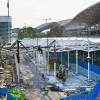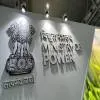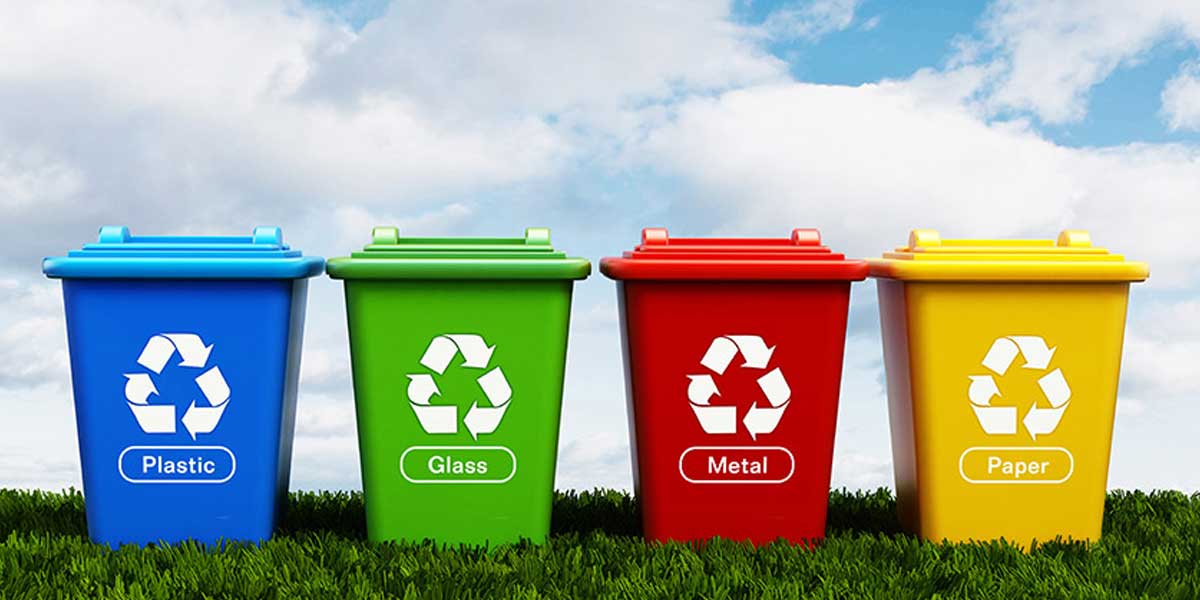
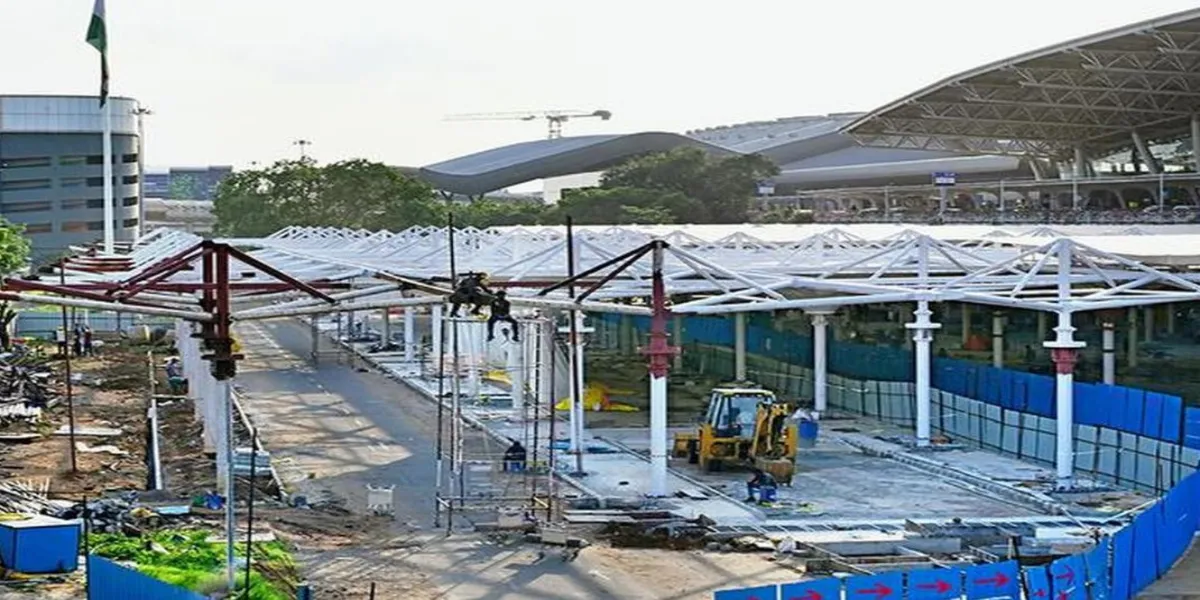
AAI To Introduce Valet Parking At Chennai Airport
In a first for Indian airports, the Airports Authority of India (AAI) is planning to introduce valet parking services at Chennai International Airport, aimed at improving passenger convenience and easing traffic flow around the terminal. Since the inauguration of the multi-level car parking facility, passengers have expressed dissatisfaction with the long walk or buggy ride required to reach the second floor to board cabs. Many have found the queues and delays cumbersome, prompting AAI to explore more accessible options. Responding to this feedback, AAI has finalised plans for a second cab b..
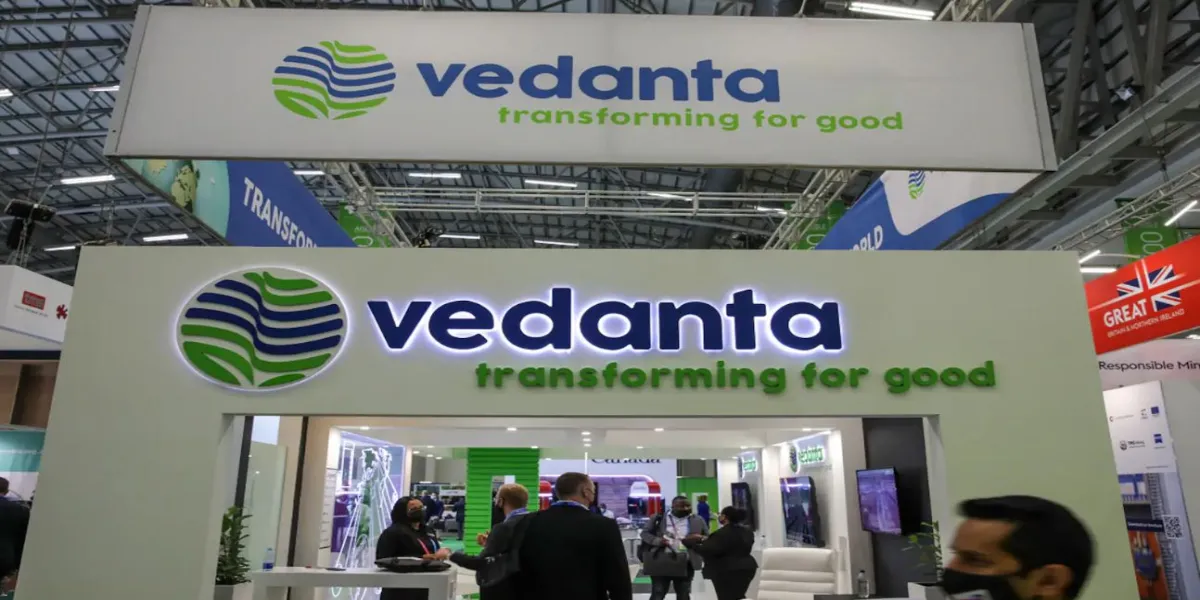
CCI Clears Vedanta’s Acquisition Of Jaiprakash Associates
The Competition Commission of India (CCI) has approved the acquisition of Jaiprakash Associates Limited (JAL) by Vedanta Limited under a corporate insolvency resolution process (CIRP) governed by the Insolvency and Bankruptcy Code, 2016 (IBC). The proposed transaction involves Vedanta Limited, the acquirer, taking control of Jaiprakash Associates, which is currently undergoing insolvency proceedings. The CCI’s approval clears a key regulatory hurdle in the resolution process. Vedanta Limited, incorporated in India and listed on both the BSE and National Stock Exchange (NSE), is a subsidiar..

CCI Approves Capgemini’s Acquisition Of Cloud4C Services
The Competition Commission of India (CCI) has approved the acquisition of Cloud4C Services Pte. Ltd and Cloud4C Services Private Limited by Capgemini SE, marking another major consolidation in India’s information technology services sector. The proposed transaction involves Capgemini SE acquiring 100 per cent of the shares of Cloud4C Services Pte. Ltd (based in Singapore) and Cloud4C Services Private Limited (based in India). Together, the two entities are referred to as the Targets. Capgemini SE, listed on Euronext Paris, is the ultimate parent company of the Capgemini Group, a global lea..




